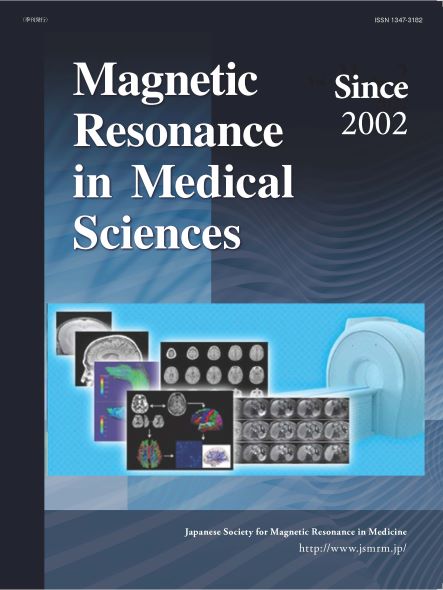Volume 24, Issue 2
Displaying 1-15 of 15 articles from this issue
- |<
- <
- 1
- >
- >|
INNOVATIVE CLINICAL IMAGE
-
2025Volume 24Issue 2 Pages 149-154
Published: 2025
Released on J-STAGE: April 01, 2025
Advance online publication: February 29, 2024Download PDF (6565K)
MAJOR PAPER
-
2025Volume 24Issue 2 Pages 155-165
Published: 2025
Released on J-STAGE: April 01, 2025
Advance online publication: February 09, 2024Download PDF (8477K) -
2025Volume 24Issue 2 Pages 166-175
Published: 2025
Released on J-STAGE: April 01, 2025
Advance online publication: February 14, 2024Download PDF (4315K) -
2025Volume 24Issue 2 Pages 176-183
Published: 2025
Released on J-STAGE: April 01, 2025
Advance online publication: February 07, 2024Download PDF (2990K) -
2025Volume 24Issue 2 Pages 184-190
Published: 2025
Released on J-STAGE: April 01, 2025
Advance online publication: February 21, 2024Download PDF (3592K) -
2025Volume 24Issue 2 Pages 191-203
Published: 2025
Released on J-STAGE: April 01, 2025
Advance online publication: February 16, 2024Download PDF (25175K) -
2025Volume 24Issue 2 Pages 204-209
Published: 2025
Released on J-STAGE: April 01, 2025
Advance online publication: February 16, 2024Download PDF (1439K) -
2025Volume 24Issue 2 Pages 210-219
Published: 2025
Released on J-STAGE: April 01, 2025
Advance online publication: March 07, 2024Download PDF (4801K) -
2025Volume 24Issue 2 Pages 220-228
Published: 2025
Released on J-STAGE: April 01, 2025
Advance online publication: March 15, 2024Download PDF (3914K) -
2025Volume 24Issue 2 Pages 229-240
Published: 2025
Released on J-STAGE: April 01, 2025
Advance online publication: March 22, 2024Download PDF (4196K) -
2025Volume 24Issue 2 Pages 241-252
Published: 2025
Released on J-STAGE: April 01, 2025
Advance online publication: March 29, 2024Download PDF (13926K) -
2025Volume 24Issue 2 Pages 253-261
Published: 2025
Released on J-STAGE: April 01, 2025
Advance online publication: April 03, 2024Download PDF (5425K)
TECHNICAL NOTE
-
2025Volume 24Issue 2 Pages 262-268
Published: 2025
Released on J-STAGE: April 01, 2025
Advance online publication: February 27, 2024Download PDF (14167K) -
2025Volume 24Issue 2 Pages 269-275
Published: 2025
Released on J-STAGE: April 01, 2025
Advance online publication: March 15, 2024Download PDF (3966K)
LETTER TO THE EDITOR
-
2025Volume 24Issue 2 Pages 276-277
Published: 2025
Released on J-STAGE: April 01, 2025
Advance online publication: February 14, 2024Download PDF (136K)
- |<
- <
- 1
- >
- >|
